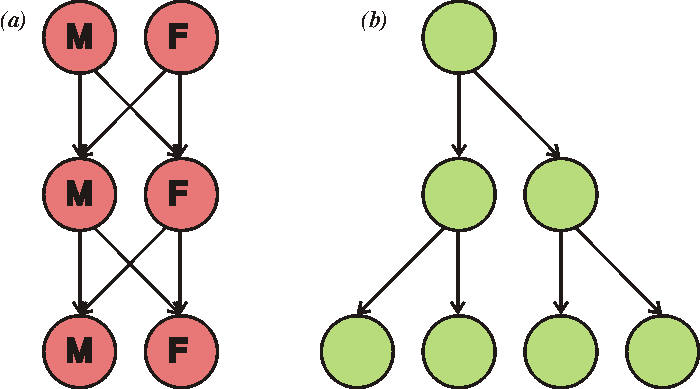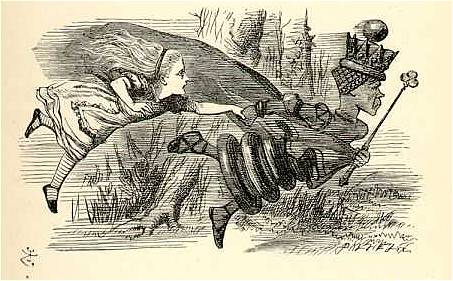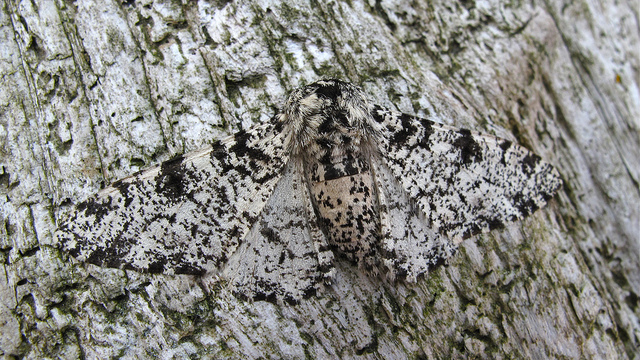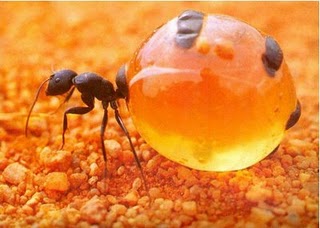
Sex is war. It’s a battle for limited resources.
The source of sexual conflict is this: sperm is a relatively cheap resource for males to produce, whereas producing eggs and rearing offspring is a much larger investment on the part of the female. Darwin was the first to realize the implications of this. He reasoned that this imbalance should result in males competing with each other to fight for the limited resource, and females exerting a strong choice on who to mate with. Taken together, male competition and female choice were the two pillars of the theory that he called sexual selection.
The battle of the sexes is not a new idea, but it has changed with the times.
In the 1960s and 70s, the sexual revolution was eroding away conservative ideas about sex. This was the era of promiscuity. And this changing social fabric was being mirrored in science. The ‘free love’ era brought about an equally potent, but more silent, revolution within biology – one that completely shook up our old, prudish notions of reproduction. Research from these decades onwards taught us that in almost all animals, from insects to birds and mammals, females typically copulate with multiple males. We learned that promiscuity is not a freak event, it’s actually the norm. What this implies is that, like any modern war, the battle of the sexes is a messy and involved affair, often leading to surprising and unexpected consequences.
For one thing, it’s being fought on many fronts. In many species, competition between males for the egg doesn’t stop at intercourse. Even after the female is inseminated, the battle rages on inside her reproductive tract. In this alien battlefield, the sperm cells of different males compete with each other to fertilize the eggs. Meanwhile, the reproductive organs of the female can still exert control by choosing between the different sperm.
And just like the Greeks who sneaked into Troy, the soldiers in this battle use every trick at their disposal to gain an upper hand. Some males do the equivalent of taking their ladies out to a fancy restaurant – they present females with a nutritious meal in their sperm, at substantial cost to themselves (delightfully, biologists call this a prenuptial gift). Others resort to date rape – their sperm includes a harmful cocktail of drugs that alter the females’ behavior in their favor. Even more chilling, there are species in which the males engage in traumatic insemination, where they essentially rape the females. Other males are just outright weird. Some leave their penis behind to plug the vagina from use by other males. Others have smelly sperm that repels other males. And others have spiky penises, that scrape the vagina clean of the sperm of competitors.

Continue reading Flies alter their ejaculate to get the best bang for the buck






